Wasabi Plant
- March 19, 2024
- 0 comment
Wasabi Plant, or Wasabia japonica, is a special plant famous for its spicy root, which adds a kick to Japanese food. It’s not just any spice; wasabi is beloved for its one-of-a-kind taste that really brings dishes like sushi and sashimi to life. When you eat wasabi, it gives a quick, sharp heat that wakes up your taste buds but doesn’t linger too long. This makes it a perfect partner for delicate fish flavors, as it doesn’t overpower them.


In Japan, where wasabi plant comes from, people have used it in their meals for a long time. It’s more than just a spice; it’s a piece of their food culture and history. Wasabi Plant grows in cool, wet areas, like along streams in mountainous regions. Growing it isn’t easy, which is why it’s so special. When you taste wasabi with your sushi, you’re not just enjoying a spicy kick; you’re experiencing a bit of Japanese tradition that’s been cherished for centuries.
| Characteristics | Description |
| Scientific Name | Wasabia japonica |
| Common Names | Wasabi, Japanese horseradish |
| Family | Brassicaceae |
| Native Region | Japan |
| Plant Type | Herbaceous perennial |
| Size | Typically grows to a height of 12-18 inches |
| Leaves | Large, heart-shaped, and glossy green |
| Flowers | Small, white, and inconspicuous |
| Propagation | Primarily propagated by division of rhizomes |
| Drought Tolerance | Wasabi Plant requires a moist environment and does not tolerate drought well |
| Cultural Uses | Primarily used in Japanese cuisine, particularly sushi and sashimi |
| Ecological Role | Wasabi plants can help to stabilize riverbanks and reduce erosion |
| Notable Species | Besides Wasabia japonica, other species in the genus include Wasabia tetsuigi and the recently identified Wasabia koreana |
| Hardiness Zones | Wasabi Plant is hardy to zones 8-10 |
| Growth Rate | It has a slow to moderate growth rate |
| Lifespan | As a perennial, it can live for several years under the right conditions |
Botanical Beauty of “Wasabi Plant”
The wasabi plant is quietly beautiful, with its bright green leaves and soft white flowers. It brings a touch of forest charm to any garden, fitting perfectly in spots that are cool and shaded, much like where it naturally grows. This plant doesn’t just look pretty; it also creates a peaceful, green space that feels like a piece of the calm, serene outdoors.
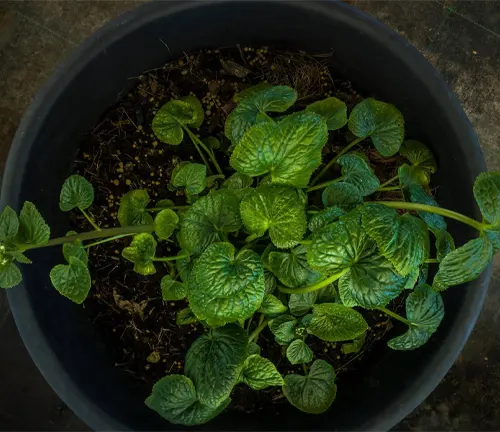
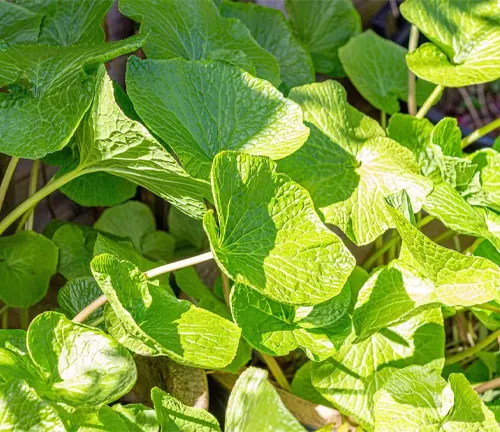
Woodland Elegance
The wasabi plant, with its shiny green leaves, adds a special touch of beauty to any shady forest spot. It’s like a little green jewel in the woods, making it a favorite among gardeners who love to bring a bit of the forest’s charm into their gardens. Its leaves catch the light just right, giving a fresh, vibrant look even in the quietest, most hidden places. This makes the wasabi plant not just a treat for the taste buds but also a feast for the eyes, perfect for those looking to add a natural elegance to their woodland gardens.
Ecological Importance
Wasabi Plant is more than just a plant with a spicy kick; it’s crucial for the health of its natural surroundings. In the wild, wasabi plant helps the environment by creating homes and food for many creatures. Its presence in shady, damp areas makes it a key player in keeping the local ecosystem balanced and thriving. This means that wasabi isn’t just important for adding flavor to our food; it also supports nature by helping other forms of life flourish around it.

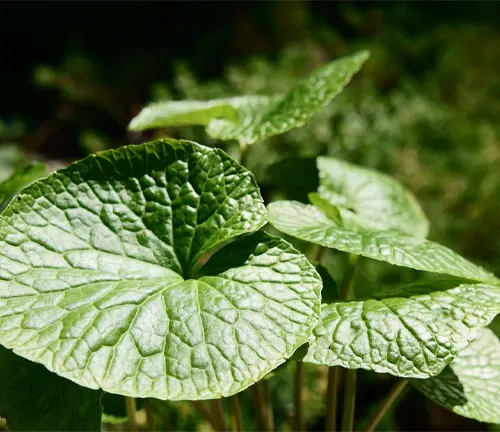
Cultivation and Conservation
Wasabi Plant cultivation requires specific conditions, including cool, shaded, and moisture-rich environments, making it a challenging crop to grow. Due to habitat destruction and overharvesting, wild populations of wasabi are under threat, prompting conservation efforts to protect this valuable plant species.
Fragrance
The wasabi plant isn’t just known for its spicy root; its leaves have a nice, down-to-earth smell that makes it even more special. This gentle aroma is like a breath of fresh air in your garden, making wasabi not just a treat for the taste buds but also for the nose.
When you walk past a wasabi plant, you might catch this subtle scent that reminds you of a walk in the woods after rain. It’s this natural, calming fragrance that adds another reason to love having wasabi around, not just in your food, but as a part of your garden too. It’s like bringing a piece of the tranquil, forest floor right into your own backyard.
Soil Stabilization
The wasabi plant does more than spice up your sushi; it’s got a superpower hidden beneath the soil. Its roots spread far and wide, grabbing onto the earth and holding it firmly in place. This is really helpful for keeping the ground from washing away in heavy rains or strong winds. So, planting wasabi can be a smart move if you’re worried about losing precious soil in your garden or near streams.
This knack for holding onto soil makes wasabi a bit of a hero in places where the earth is loose and at risk of erosion. It’s like having a network of little green anchors keeping the ground steady and safe. Plus, as these roots work their magic underground, they also create a healthier environment for other plants to grow. It’s a win-win situation for the garden and the environment.
Common Uses
Wasabi isn’t just for adding a zing to your sushi; it’s also packed with good stuff that can keep you healthy. People have been using wasabi in traditional medicine for a long time, believing it can help with all sorts of health issues. It’s not just about the bold flavor; there’s something in wasabi that might do your body a lot of good.

For example, some folks think wasabi can help fight off colds or make your digestion better. Plus, it’s said to have properties that could protect your heart and even help your body fend off certain diseases. While scientists are still figuring out all the ways wasabi might keep us healthy, it’s clear this spicy plant is more than just a tasty condiment; it could also be a little green helper for our well-being.
Benefits
Wasabi is like a hidden treasure trove of health benefits. It’s not just the kick it gives to your food; it’s packed with compounds that could do wonders for your body. For starters, wasabi has stuff in it that might help reduce swelling and fight off harmful germs. This means it could help with soreness and protect you from getting sick.
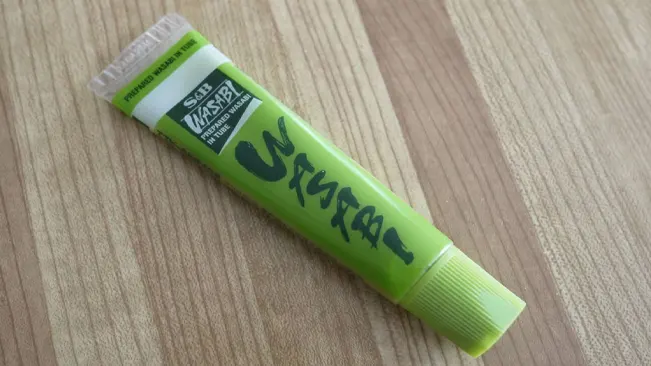
But wait, there’s more! Wasabi is also loaded with antioxidants and nutrients. These are like your body’s best friends, fighting off damage from bad stuff in the environment and keeping your cells healthy and happy. So, when you’re enjoying that spicy wasabi, you’re not just treating your taste buds; you’re giving your body a boost of good things that keep you feeling strong and healthy.
Different Species
Different Species of Wasabia Japonica
Hon-wasabi (Japanese Native Wasabi)
- Sawa-wasabi
- It is a wild botanical that grows in the cold, clear waters of Japan’s valleys and gorges.
- Optimal conditions for cultivation are in places with abundant spring water that maintains a temperature of ≤16°C in the summer and ≥10°C in the winter. The Izu district in Shizuoka Prefecture is the largest production area for this type of wasabi in Japan.
- Hatake-wasabi
- Grown by sowing seeds in soil and primarily cultivated for harvesting the stem. It is grown in various prefectures in Japan and even in countries like Taiwan, Indonesia, and Canada.
Seiyo-wasabi (Western Wasabi or Horseradish)
- This type of wasabi is cultivated in northern Europe and is also referred to as wasabi-daikon in Japan.
- It is used as a spice and garnish for meat dishes or grated into a sauce for dressing fish dishes. Additionally, it is dried and used as the main ingredient in powdered wasabi.
The two main cultivars in the marketplace are Eutrema japonicum ‘Daruma’ and ‘Mazuma’, but there are many others, each with their distinct flavors and characteristics. Some prominent cultivars include Fuji Daruma, Izawa Daruma, Mochi Daruma, and Shimane Zairai. Freshly-ground wasabi is aromatic, pungent, slightly spicy, sweet, and savory, with different types offering complex and flavorful tastes. Additionally, it is important to note that freshly grated wasabi has a subtly distinct flavor compared to the more common bright green horseradish-based imitation.
Frequently Asked Questions (FAQs)
1. What is wasabi?
Wasabi, or Wasabia japonica, is a plant known for its spicy root, often used as a condiment in Japanese cuisine. It adds a unique, sharp heat to dishes like sushi and sashimi without overwhelming the delicate flavors of the food.
2. Where does wasabi plant come from?
Wasabi is native to Japan, thriving in cool, wet areas along mountain stream beds. Its cultivation is challenging, which adds to its special status in Japanese culinary traditions.
3. How does wasabi plant grow?
Wasabi Plant is a herbaceous perennial that prefers shaded, moist environments. It grows to about 12-18 inches tall with large, heart-shaped leaves and small, white flowers.
4. Can wasabi plant be grown outside of Japan?
Yes, wasabi plant can be grown outside Japan in similar conditions: cool, moist, and shaded areas. It’s hardy to zones 8-10 but requires careful management of its environment to thrive.
5. Why is wasabi so expensive?
Wasabi is expensive due to its specific growing conditions, slow growth rate, and the labor-intensive nature of its cultivation and harvest.
6. Is the wasabi in restaurants real?
Often, the “wasabi” served in restaurants outside Japan is a mix of horseradish, mustard, and green food coloring, not pure Wasabia japonica, due to the cost and availability of real wasabi.
7. What are the health benefits of wasabi?
Wasabi contains compounds with anti-inflammatory and antimicrobial properties, is rich in antioxidants, and may help reduce the risk of certain diseases, though more research is needed to fully understand its benefits.
8. How is wasabi plant used in traditional medicine?
In traditional medicine, wasabi has been used to help with digestion, fight off colds, and as a natural antimicrobial agent.
9. Are there different species of wasabi?
Yes, besides Wasabia japonica, there are species like Hon-wasabi (Japanese Native Wasabi) and Seiyo-wasabi (Western Wasabi or Horseradish), each adapted to slightly different environments and with unique flavors.
10. How does wasabi plant benefit the environment?
The wasabi plant’s extensive root system helps stabilize soil and prevent erosion, making it beneficial for ecological balance and conservation efforts in its native habitat.


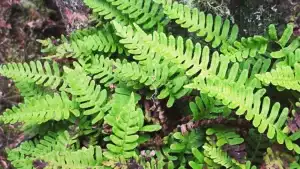
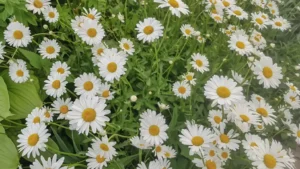
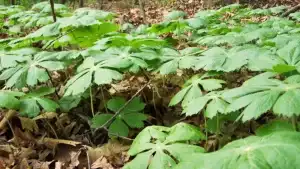
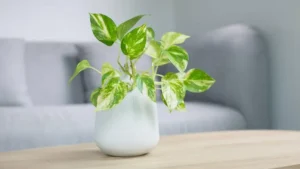



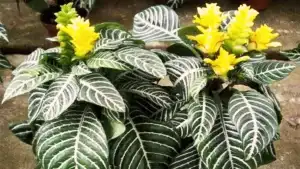
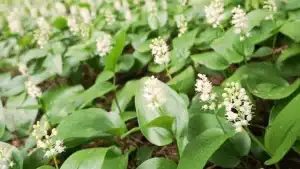


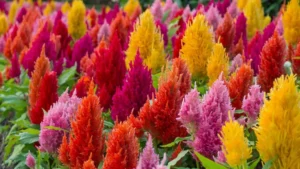
Leave your comment